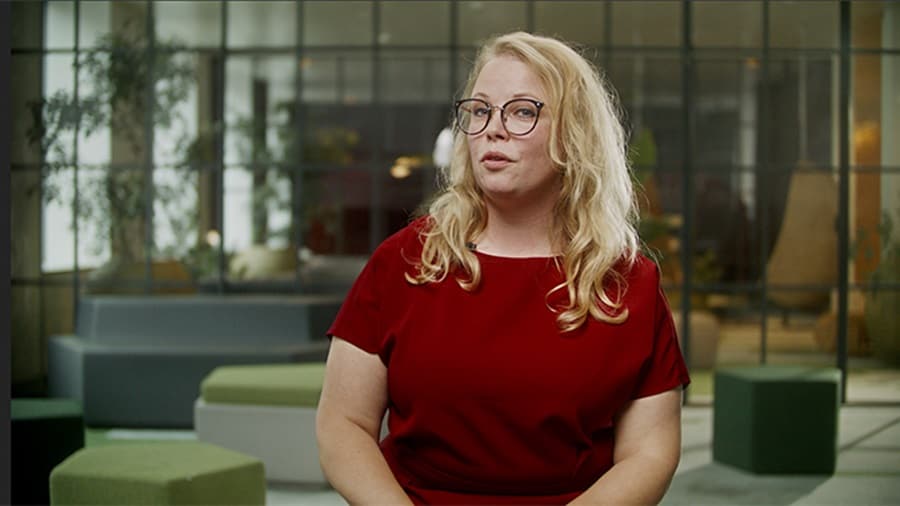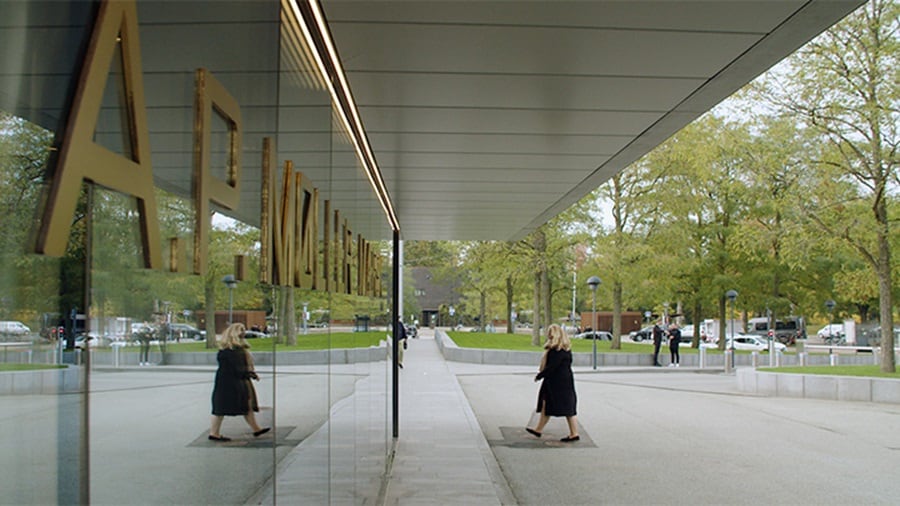The concept of Bill of Lading has been around for almost 700 years. For centuries and centuries, people and businesses have traded with one another in more or less the same way. Until now.
The Bill of Lading is and has been a vital instrument in international trade, serving as a receipt of cargo, evidence of a contract of carriage, and a title of goods. The electronic Bill of Lading is all of that but in a digital solution. A paperless revolution one might say.
Why is this digital change so important? As with many other sectors, the shipping industry is ever evolving and the adoption of new and more efficient ways of working has been further sparked by the pandemic. The original Bill of Lading required papers manually shifting hands via a courier all over the world. The pandemic made this process even slower and more difficult with fewer people on site to actually receive and sign the documents resulting in increased costs and time consumption.

“The TradeLens eBL is a highly secured document that moves from one party to another in a simple click”, Nanneke Visscher, Regional Head of TradeLens Europe at Maersk says and continues: “In essence, an eBL includes three key advantages: Ease of doing business by having all parties in one platform. The complete control and security of the document given that it’s digital and underlined with blockchain technology. And thirdly; Increased speed to market because customers with a single click enable a quick cargo release. These key benefits are directly impacting our customers both operationally and financially”.
Customer trust is the enabler of change
Nanneke Visscher stresses the importance of having a close and trustful dialogue with customers when breaking into new grounds – as is the case with the electronic Bill of Lading. “We - and all the other Maersk brands for that matter - make it a key priority to sincerely partner with our customers when identifying the best possible solution. This is simply how we do business and because of this approach our customers trust us – also when it comes to radically changing the way they do business”, Nanneke says.
Sometimes we think that the only thing required for digital transformation is the technology itself. However, technology is only part of the puzzle.
According to Nanneke Visscher, this is especially important when change involves so much more than just technology and when change happens in a high pace environment with global and macroeconomic megatrends affecting all businesses: “The eBL is much more than just technology – it’s about changing the way we work. Country regulation and expansion of relevant parties in the platform’s ecosystem, such as banks, are still ongoing at a high pace increasing both expectations and demands of global businesses. That’s why digitizing global trade is instrumental”, she says.
A physical piece of paper is not safer
A Bill of Lading is a crucial and highly valuable document. In TradeLens, blockchain technology is what protects the document “in transit” and secures it from any unauthorized party accessing it. “Where other electronic solutions are purely generating digitally stamped PDFs, blockchain is what enabled us to build a digital workflow around the eBL making it recognized as a safe way of trading and surrendering the BL to, for example, customs authorities”, Nanneke Visscher says.
She underlines the fact that a physical piece of paper is not safer: “Anyone having that piece of paper in hand can tamper it, damage it or worse case lose it which all have high financial and operational consequences for our customers - the eBL presents the most secure solution out there”.

Savings are unique but real
On the topic of savings, there is no one size fits all answer. The exact savings will be unique for every customer. However, looking at user cases, eBL can generate a time-saving of three hours for shipper surrender to four days for a Single Transfer issue which translates to a financial saving of around USD 50 –100 per BL.
Courier costs, risk limitation of tampering, damage, loss, and delay of the BL, and all cargo-related costs are additional savings that can be realized by the eBL.
The conversion from original Bill of Lading to eBL is very simple.
- You can connect with your familiar sales representative or area product experts specified on our Maersk TradeLens landing page.
- They will then get into the product in detail and specify how it will work for your business and if needed your business partners such as shippers/consignees, customs clearance agencies, etc.
- We conclude the contract, TradeLens onboard you and your partners, and you are ready to go issue your eBL.
无论您需要什么,我们都可以随时为您提供帮助
I agree to receive logistics related news and marketing updates by email, phone, messaging services (e.g. WhatsApp) and other digital platforms, including but not limited to social media (e.g., LinkedIn) from A. P. Moller-Maersk and its affiliated companies (see latest company overview). I understand that I can opt out of such Maersk communications at any time by clicking the unsubscribe link. To see how we use your personal data, please read our Privacy Notification.
By completing this form, you confirm that you agree to the use of your personal data by Maersk as described in our Privacy Notification.
